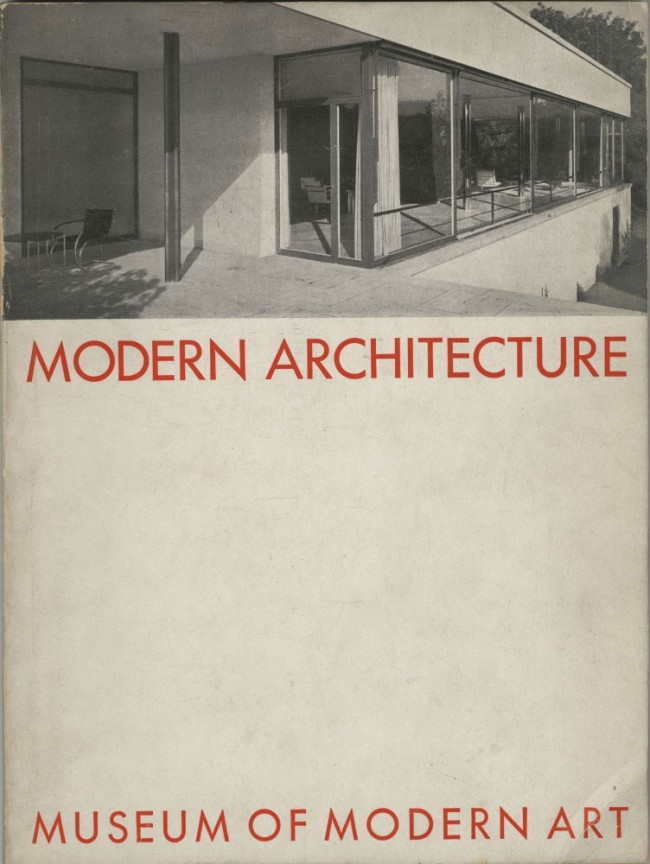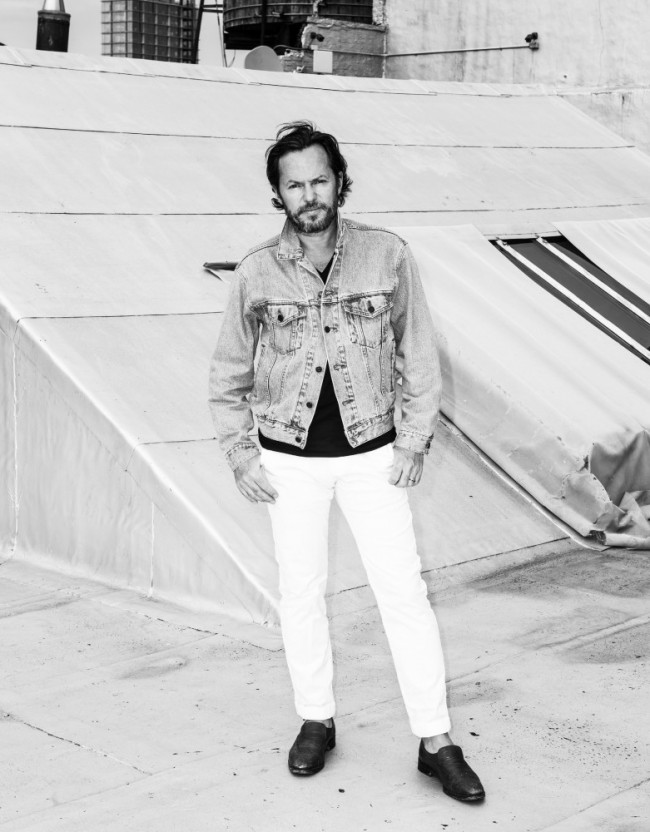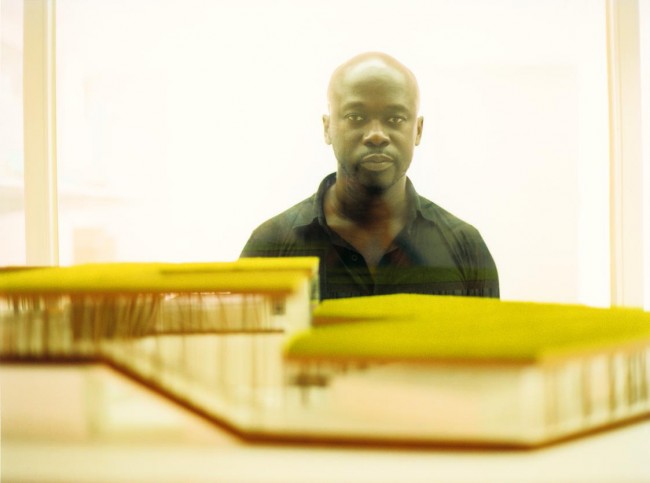INTERVIEW: MABEL O. WILSON ON RADICAL OPTIMISM

Mabel O. Wilson photographed by Jeremy Liebman for PIN–UP.
Architecture is ubiquitous; it colors everything we see. The buildings that dress neighborhoods and make up the cities that we live in, the clothing we wear, the language we use, and the standards and laws that we inflict upon one another. How does one make something invisible visible? Architect, educator, academic, and author Mabel O. Wilson uses architecture and architectural theory as a lens to engage with the world. While her work focuses on the built environment, Wilson’s PhD was in American Studies, and her humanities background is threaded throughout her practice. The author of Negro Building: Black Americans in the World of Fairs and Museums as well as a co-author of Race and Modern Architecture: A Critical History from the Enlightenment to the Present, she was recently awarded the National Building Museum’s Vincent Scully Prize for her work expanding the narrative on Black contribution to the built environment, a long-term project that includes the seminal MoMA exhibition Reconstructions: Architecture and Blackness in America (see PIN–UP 29). As a designer, Wilson is the founder of Studio &, an interdisciplinary firm whose projects include the recent Memorial to Enslaved Laborers, codesigned for the campus of Wilson’s alma mater, the University of Virginia. Despite her extraordinary academic pedigree, the 58-year-old is highly engaging in person, and decidedly down to earth (she loves to collect snow globes). Though she never seeks the limelight, when she speaks, she is so effusive, sharp, and often ferociously funny that she commands everyone’s attention. A day before our interview, Hurricane Ida had blown itself out over New York, showing just how vulnerable the city and its people are and exposing the fact that preparing for climate change requires holistic systemic renewal — “the biblical flood,” Wilson called it, an apt term because the time has come for the city and its politics to be reborn and find redemption.
Emmanuel Olunkwa: I’d like to start our conversation by quoting the acceptance speech Robert Venturi gave for the 2002 Vincent Scully Prize, awarded to him and Denise Scott Brown. “Everyone here knows that being a creative is accompanied by agony, agony as well as ecstasy,” he said, “and because of the agony factor, it is appreciation and encouragement that is essential to us struggling artists.” As someone who recently won the award, I wondered if and where agony sit in your practice? Does it inform or relate to the work you do?
Mabel O. Wilson: Yeah, there have been challenges. For me it’s less about personal agony since my work is collaborative, addressing difficult structural issues that are embedded in architecture as a discipline and a profession. Part of it is doing the more scholarly and theoretical work, but I also think that, because architects make things, it goes from concept to materialization. It gets embedded in the world and is lived and lasts beyond the lifetime of a person. You know, Mies is right in the end, it is in the detail. Understanding, for me, has to do with comprehending certain concepts that emerged in the West, like race or racial difference, which produces value and valuation, which in turn makes hierarchies where some lives are more valuable than others. Trying to understand that in the world has been a challenge.
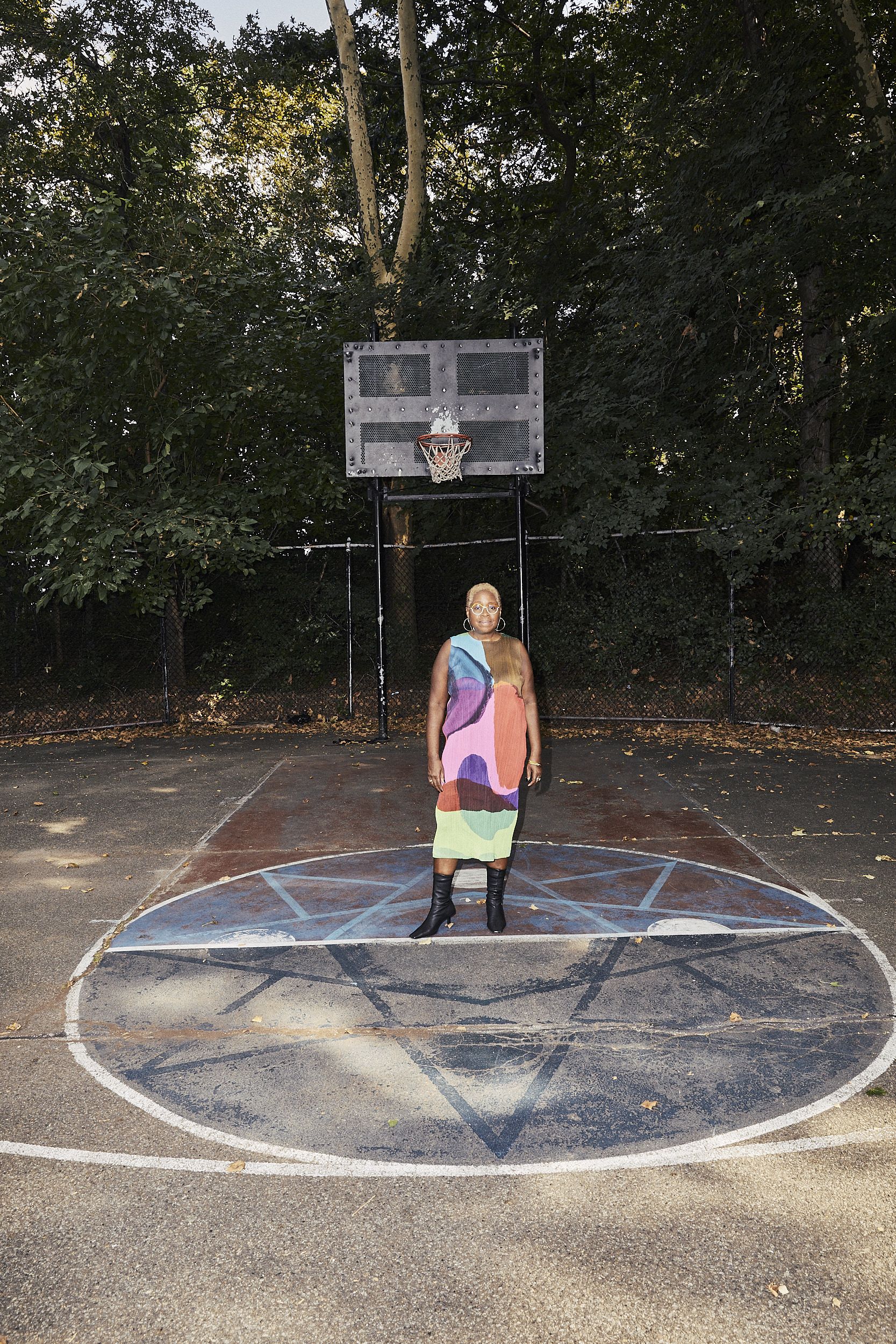
Mabel O. Wilson photographed by Jeremy Liebman for PIN–UP.
What are the issues in architecture? And how are they structural?
In my teaching of architectural history, I always try to be very clear that the body of knowledge that we are going to learn about emerged in the West. Architecture is a specifically Western practice of building that originated in Europe — it’s not how people around the world historically built their lived environments, which is important to recognize. One of the West’s brilliant tricks is its episteme and how it universalizes. Architecture, as a set of concepts applied through the work of architectural history, draws all these other traditions of building under one umbrella — one that begins with the concept of building and then uses modes of representations to make buildings, including other modes of abstraction like finance and surveys. That’s a particular Western framework. The Renaissance coincides with 1492, when the colonial project began, and you can’t help but think that somehow the emergence of architecture is running parallel with a colonial project influencing aesthetics and technology. All those aspects come to form what we generally understand as architecture. But they are also deeply embedded in capitalism, which is explored in the writings of both Ken Frampton and Manfredo Tafuri. You can’t understand architecture without understanding capitalism. If racial difference is another ideological paradigm that comes into practice in parallel with capitalism, how could it not be a part of the ways in which architecture develops its own body of knowledge, its own rules, and its own understanding? These building practices that emerged in the West are now applied worldwide — similar to how the English language has spread globally through the Internet — but what kinds of implications are there when that becomes the lingua franca of this interface?
As well as teaching architecture, you have your own practice. What does architecture mean in the context of an institution and what does it mean when you encounter it out in the world? Are those two different concepts or are they one and the same?
I think they’re one and the same. If you’re talking about the learning institution, it produces the knowledge and passes it on to a group of people. But institutions are also dependent on architecture for their own functioning, because schools occupy buildings. Reinhold Martin’s recent book Knowledge Worlds: Media, Materiality, and the Making of the Modern University does a really good job of pointing out architecture’s role in literally creating the scene for that kind of unfolding, and how its technologies function as a media machine for how we learn. But I think architecture is sometimes hard to detect. In The Work of Art in the Age of Mechanical Reproduction, Walter Benjamin writes about film, and towards the end says, “Architecture has always represented the prototype of a work of art the reception of which is consummated by a collectivity in a state of distraction.” We’re not consciously focused on architecture, and yet it has the same kind of media presence as film, and therefore, for Benjamin, it could be revolutionary.
Who are you reaching for and talking to with your work?
It’s evolved over time. I had specific interests in understanding why, in my architectural education and professional experience, my own history of place and family wasn’t represented. It was somewhere else and external to architectural discourse. As I’ve tried to draw out that absence in different ways, I’ve developed multidisciplinary ways of exploring it, through writing projects, art, and a curatorial practice which has taken on many valences. In doing that, the work has cultivated many different audiences, which has been a surprise for me.
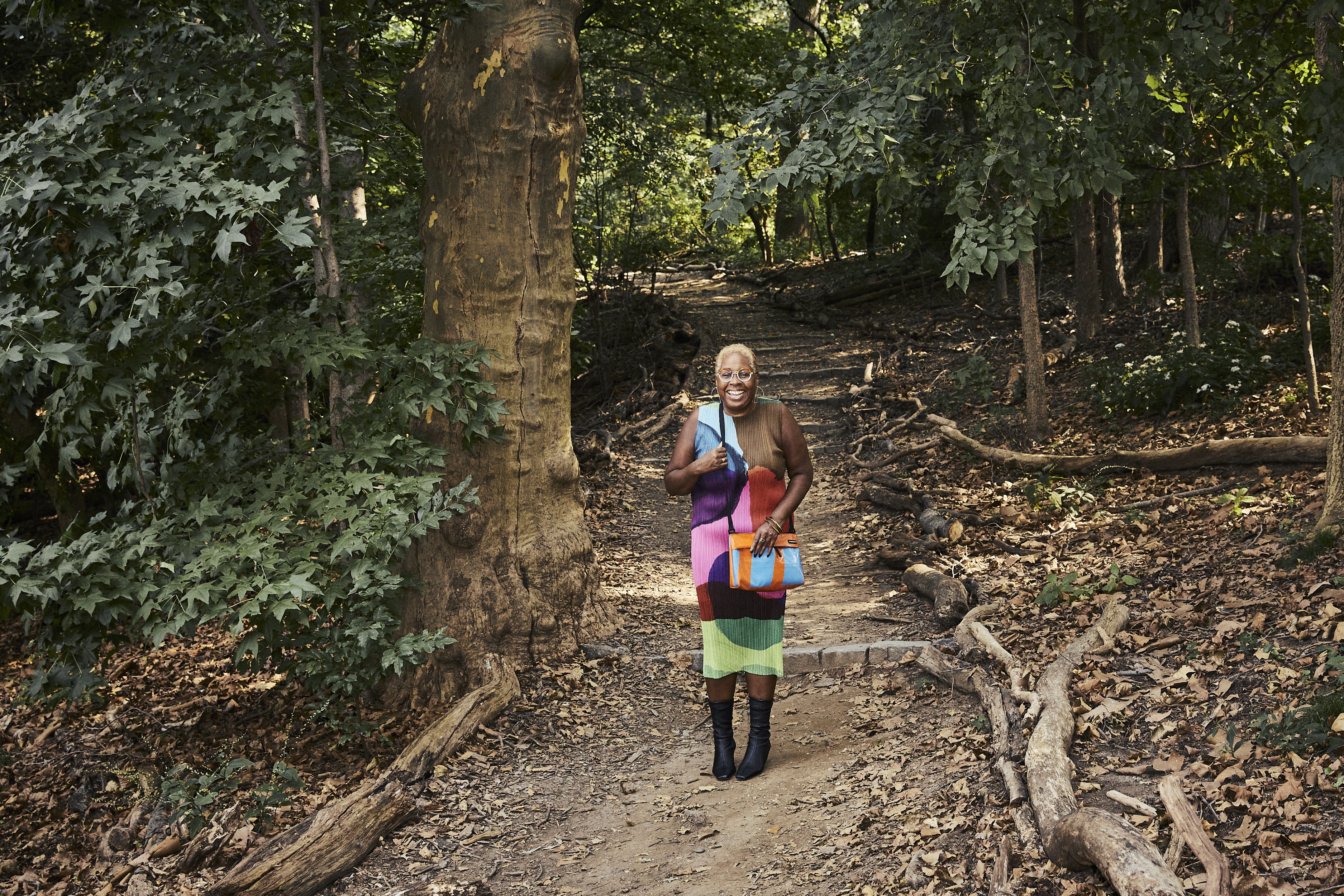
Mabel O. Wilson photographed by Jeremy Liebman for PIN–UP.
You first studied at the University of Virginia. What did you struggle with there?
My architectural education there made me feel like a kind of vampire: never seeing yourself reflected in what you’re learning. I felt very alienated. Learning something, absorbing it, trying to process it, but having no familiarity with what you’re engaging with, and constantly asking, “What is this?” During my third year of college, I was so frustrated I applied to do a semester abroad at the Architectural Association in London. The program was far less structured, it was a place where you worked more freely, doing independent research, and the pedagogical approach was theoretical and critical. It was exactly what I was missing. We read Benjamin — this is where I discovered his essays The Work of Art in the Age of Mechanical Reproduction and Paris, Capital of the 19th Century — and watched Jacques Tati films and Chris Marker’s Sans Soleil. We went to galleries, and we traveled. I think that the personal and cultural dimension was absent from my education in Virginia. Only in London was I able to do that kind of work. I was intellectually stimulated there. The cosmopolitan space of the AA, where people came from all over the world, gave me a creative space I hadn’t found in Charlottesville, with its traditional, predominantly white, American culture. When I came back from London, I took a class on African and Caribbean literature, and that was fantastic, mind-blowing.
Did it shift your understanding of what architecture was?
Yes, absolutely. It made it far less prescriptive and more intellectual for me. I was working on a studio project for new housing in Richmond, Virginia, and a more critical approach forced me to think beyond the given site to address issues of class and race. Architecture became more situated and contextualized. Prior to my time in London, it seemed like projects were reduced to the core question of “What’s your parti?” and how did it relate to the Villa Lante al Gianicolo in Rome. That’s mostly what I was getting in my education! I wondered why we were drawing golden sections over everything. I just didn’t get the formalism. Whereas now, if I look at the Palazzo Farnese, I’ll consider the history of the Farnese family to understand their power structure, how they accrued wealth, how it was all being symbolized and monumentalized in the city. With this kind of cultural and social history, architecture became quite fascinating. I read Denis Cosgrove’s Social Formation and Symbolic Landscape, which is a remarkable geographic analysis of what was happening in Italy at that time, offering a whole other perspective on the period — but without the golden sections. (Laughs.)
-
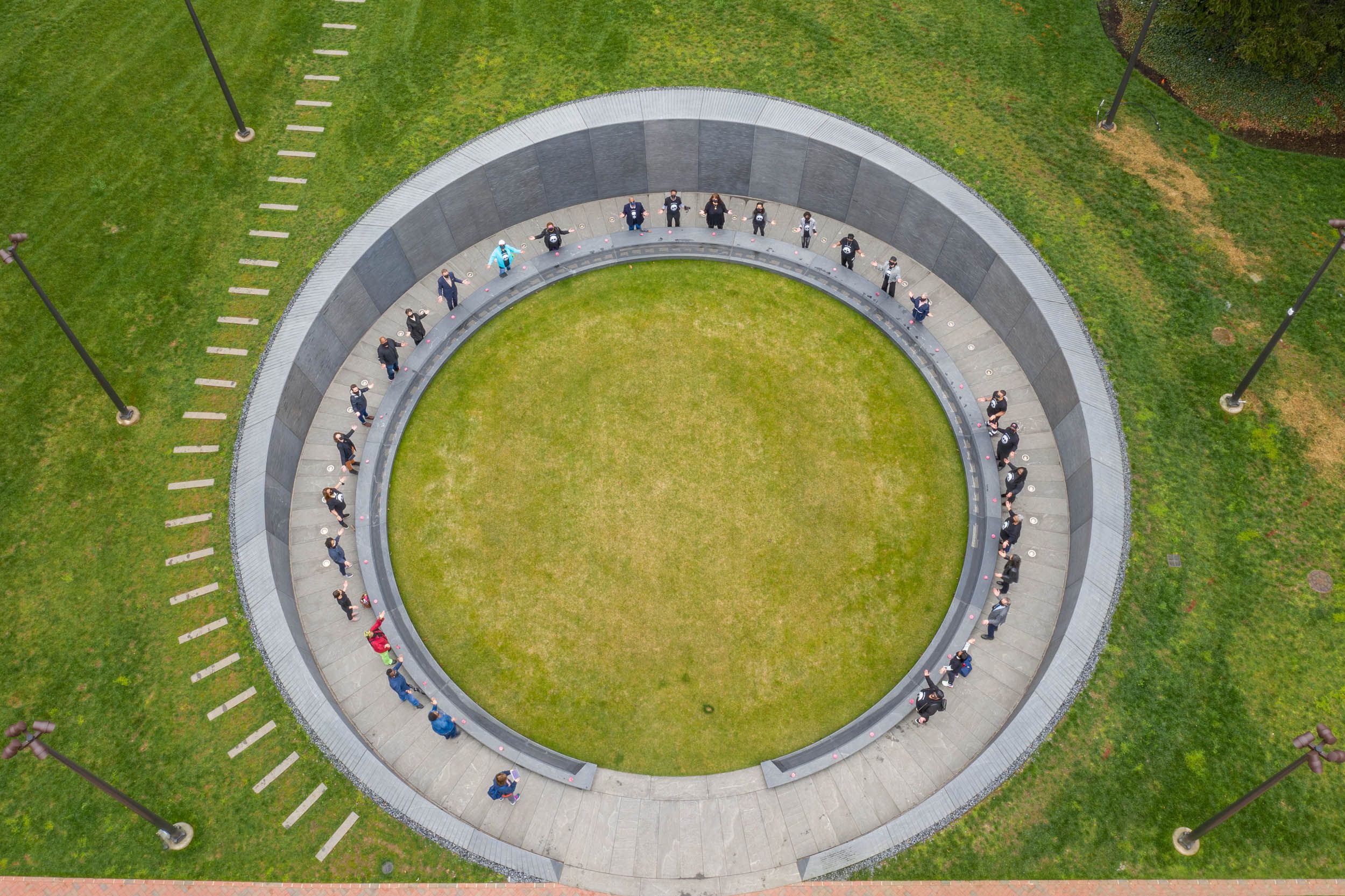
Originally initiated by students, the Memorial to Enslaved Laborers is a tribute to the over 4,000 men and women who were enslaved during the 19th century at Wilson's alma mater, the University of Virginia. Photo courtesy of Sanjay Suchak; Meejin Yoon.
-
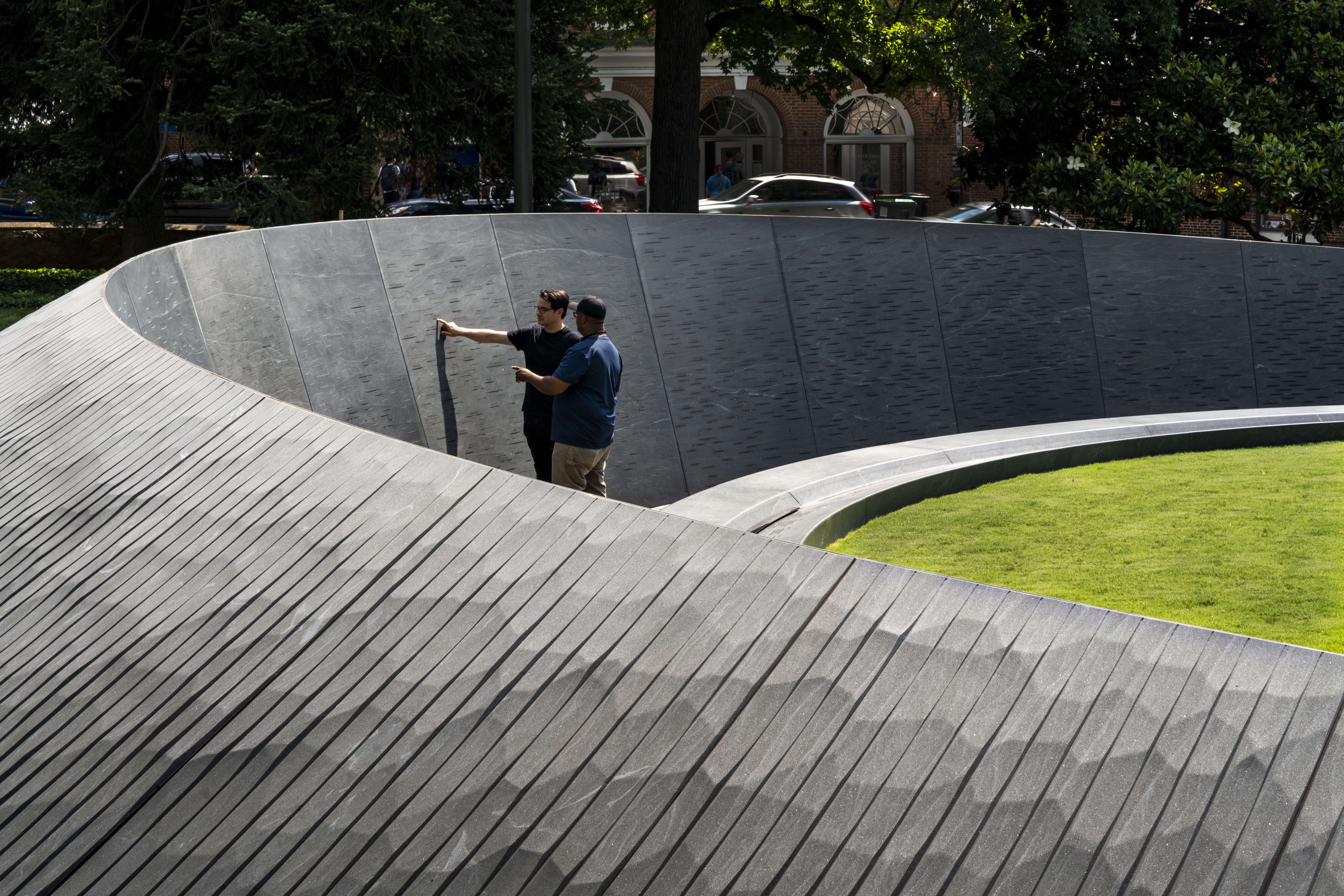
Memorial to Enslaved Laborers was planned and designed in collaboration between Wilson, Höweler + Yoon, Gregg Bleam and Associates, and IEN's Frank Dukes. The completed project was unveiled in 2020 and represents academia's overdue reckoning with the history and entanglement of slave labor and university campuses. Photo courtesy of Sanjay Suchak; Meejin Yoon.
-

Wilson's Memorial to Enslaved Laborers at the University of Virginia. Photo courtesy of Sanjay Suchak; Meejin Yoon.
I’ve been thinking about context a lot, and about the ways stories are told to convey meaning historically. In his speech, Venturi said, “Context is important because it acknowledges a whole beyond the single building and enhances an extended unity.” But context is often left by the wayside in architecture. We’re never meant to engage in the messiness of it all, but only in fragments, selective truths. So much meaning gets lost in the process.
I agree. I think it’s important to see that architecture isn’t produced by singular voices, that these are people in dialogue, debating, and that there’s a context where everything unfolds. Certainly, through the 1970s and even the 1980s, Postmodernism was questioning grand metanarratives. In the field of history, you see the emergence of social and cultural history as methods that contextualize historical knowledge. Fields like anthropology are challenged in terms of who and what is left out.
Because historians of a certain kind have produced such a concise narrative, contesting or refuting it seems impossible, because you’re challenging information that doesn’t present itself as negotiable. In an interview, you speak on the importance of honesty. What have you gained from being honest with people?
I’m thinking of honesty in the sense of truth-telling, particularly around the subject of race. There are a lot of things that go unacknowledged or unseen. My comment was probably made in reference to that and to our need to recognize that there is more work to be done. After the murder of George Floyd, the effort of institutions and corporations was kneejerk PR — every entity now has a crisis management team. (Laughs.) Everyone knows that brand and media are everything. It doesn’t matter if it’s true or not, organizations and companies just put it out there, so it’s seen that they’re on the side of what’s trending as “good.” The rhetoric has been the same for 40 years: “We need to diversify, be inclusive, bring in more people of color.” With my experience of being a professional, academic, and student over the past 40 years, as well as a literal Civil Rights baby, I can tell you that shit didn’t work. Otherwise we wouldn’t be marching in the streets for basic civil rights yet again. My point is, what do we need to do so that we are not in the same place 50 years from now? Because to me, what hasn’t happened is that whiteness hasn’t been unlearned. We have to understand the degree to which whiteness shapes the modern world, to understand who benefits from the inequalities that whiteness puts in place.

Mabel O. Wilson photographed by Jeremy Liebman for PIN–UP.
You often cite Audre Lorde, and I wonder if we’ve been asking the wrong questions regarding the use of the master’s house and his tools. Why haven’t we considered burning the house down or just leaving town altogether?
Well, we tried, and it followed us there. (Laughs.) I think there was a world prior to this one, to the emergence of the so-called West, and there will be a world outside of and after this world. Let’s not kid ourselves that this arrangement of life — socially, politically, economically — is going to continue in perpetuity, because it won’t. It’s important to start imagining what that might mean. Our climate catastrophe is telling us that this course of endless resource extraction without accountability is killing us. It is literally killing off the planet we all have to inhabit. The planet will still be here, but Homo sapiens might not make it. And we might take other species with us. Given yesterday’s biblical flood here in New York, it’s not something we should be taking lightly.
What’s your relationship to optimism?
I like to think I’m an Afro-optimist not an Afro-pessimist. Primarily because I see the promise of making. I think it’s important to be critical and see where the current system fails, but also to pose questions about how to change it. That’s where the work comes in, where imagination becomes vital.
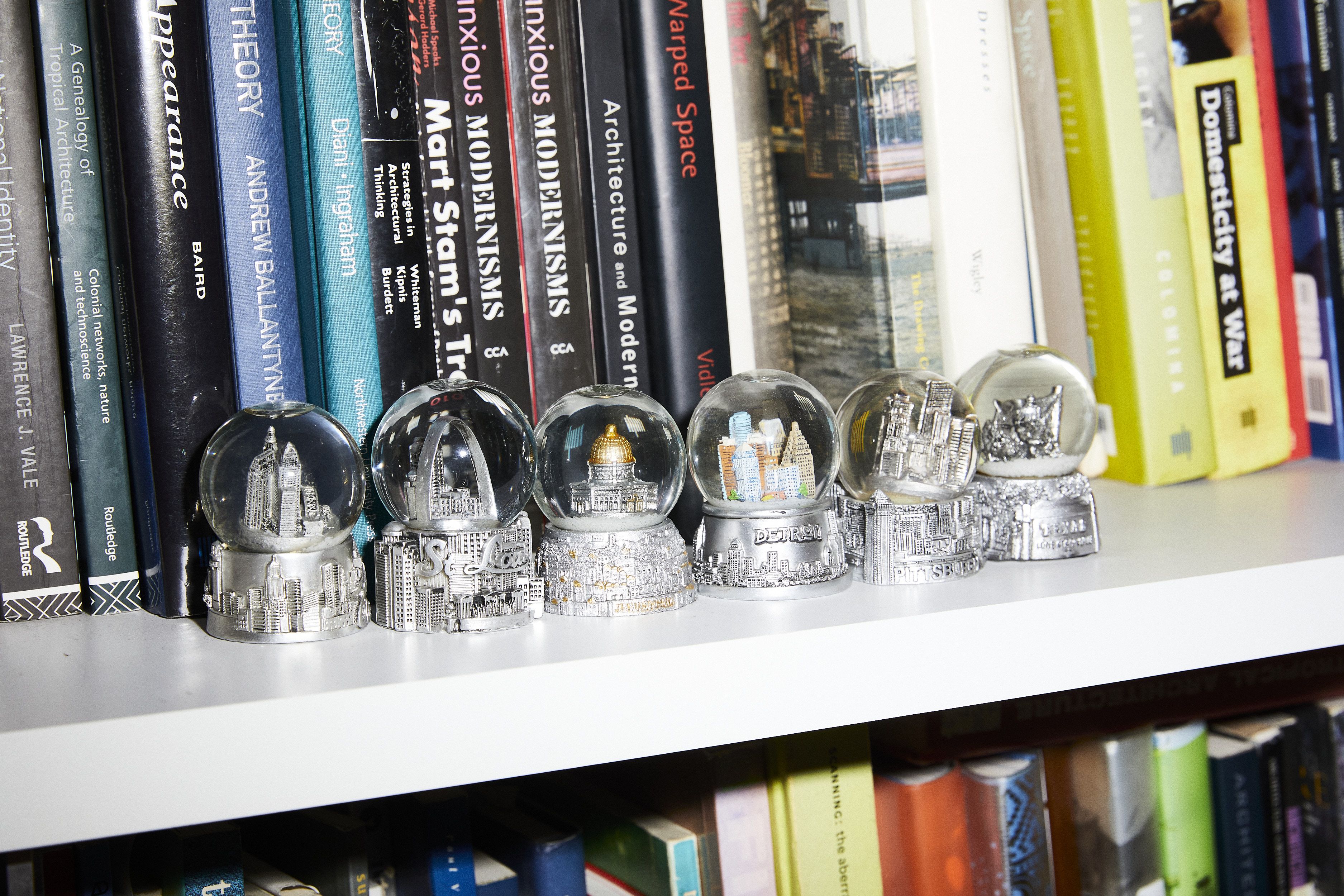
Mabel O. Wilson photographed by Jeremy Liebman for PIN–UP.
You’re an architect and you teach at Columbia University’s Graduate School of Architecture, but you got your PhD at NYU in American Studies. Academia can be unforgiving if you leave one field for another…
To be creative you have to be willing to address the unknown and not be afraid. It’s important to take risks, perhaps even color outside the lines. A lot of the problems in the U.S. exist precisely because people don’t like things or people that are unfamiliar. “I don’t know you. You don’t look like me, think like me, or live near me. I want to only be immersed in what’s familiar to me.” And what’s familiar is also what makes you comfortable. For me, comfort is one of the benefits of the “wages of whiteness,” to use David Roediger’s phrase. It’s a level of comfort in the world where you don’t have to think about anything else. But creativity isn’t about that — it’s the exact opposite, it’s about confronting the things that you don’t know. I learned through teaching and learning that most people operate on preconceptions.
You’ve mentioned Michel Foucault as someone you work and think alongside. How does his scholarship inform your work?
Foucault wrote about the history of power, punishment, and government. His lectures and conversations are helpful in terms of how to think about the modern, Western production of power relations and bodies of knowledge, which he analyzes in The Order of Things: An Archaeology of the Human Sciences. It makes him the premier theoretician of the formation of Western discourses.
-

In 2020 Wilson co-authored Race and Modern Architecture: A Critical History from the Enlightenment to the Present, a book that questions the structure of architecture by engaging its history of racial indifference.
-
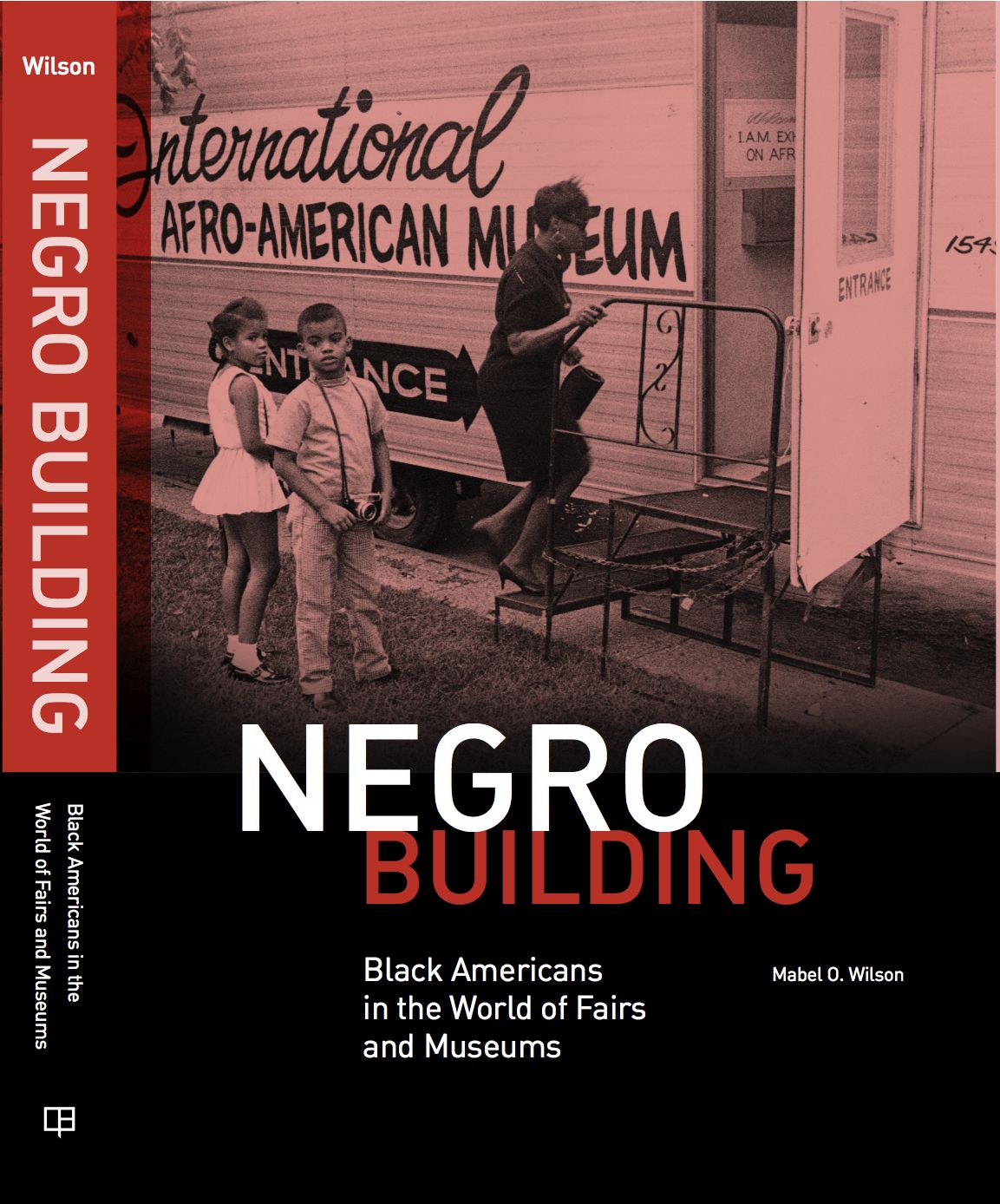
Wilson's Negro Building: Black Ameriacns in the World of Fairs and Museums, published in 2012, details and traces the public histories of (Black) America, emancipation practices, and grassroot museum organization work.
-

Wilson co-curated the seminal exhibit on the relationship between architecture and Black American spaces and those of the African diaspora.
In your book Begin with the Past: Building the National Museum of African American History and Culture, you talk about institution building and how we often get lost in a rhetoric of reform and change, when what we actually need to build are more sustainable systems, structures, and ways of functioning. I was intrigued to read that funding wasn’t the most difficult to secure, but rather work to exhibit at the NMAAHC.
The emergence of the NMAAHC was a radical step. When the Smithsonian decided to include the history and culture of African Americans in its collections and exhibitions, it broke with tradition. At the time of the Smithsonian’s founding, in the 19th century, it was believed that “negroes” had no culture. When there’s no history or culture to speak of, there’s presumably nothing to collect, study, or display. During the Jim Crow era, Blacks organized to build their own spaces because the existing auditoria weren’t open to them. There were conscious debates from W.E.B. Du Bois to Booker T. Washington over the question of “What was the negro’s contribution to America?” Washington believed the Negro had just been emancipated and not yet ready, that we would have to pull ourselves up by our bootstraps first. On the other side of the debate, Du Bois argued that not only had we contributed to the development of the United States, we’d also contributed to world history. These are some of the themes of exhibitionary culture that I cover in my first book, Negro Building. So I do think the formation of the NMAAHC was a radical move, and it took someone like historian Lonnie Bunch, the secretary of the Smithsonian Institution, to understand that complex history. He recognized that physically building the museum was a symbolic act, and that having it on the National Mall said something about what it means to be American. This building is about who we are and who we were. Building the NMAAHC required not only architecture, but also a collection of artifacts. That was a herculean effort.
In the book you coedited, Race and Modern Architecture: A Critical History from the Enlightenment to the Present, you wrote about how the Founding Fathers’ idea of freedom existed alongside slavery. It was illuminating to me because it shows that American freedom is about the pursuit of desire, but that slavery was its price.
Absolutely. There are certain mythologies that nationalism requires of us in order to have a sense of belonging and to be willing to defend the nation. Those mythologies around the Founding Fathers and their belief in equality and freedom are ingrained in us through schooling and culture. To challenge that and to assert that not everyone was free and equal, and that the Founding Fathers and their ideals were filled with contradictions and paradoxes, is a hard pill for many Americans to swallow. These histories, like the 1619 project, are seen as an attack on the nation, rather than a recognition that maybe the American project was problematic in how it was envisioned and implemented. Maybe we can have freedom and justice but in a different way, on different terms.
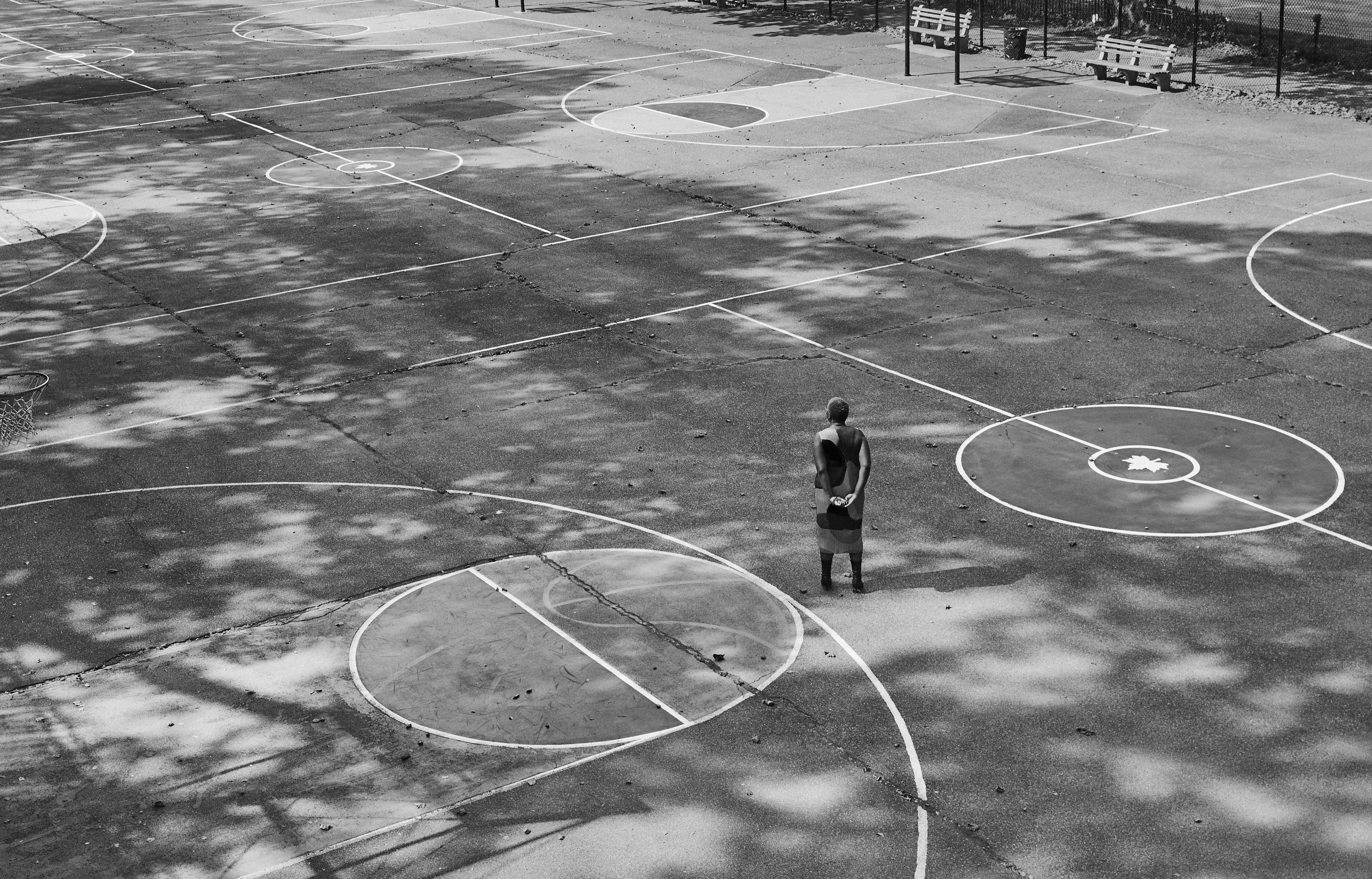
Mabel O. Wilson photographed by Jeremy Liebman for PIN–UP.
To boil it down, no one is free. The people who seek that promise — insert architecture — or those who maintain these false illusions of power, are imprisoned in a cyclical feedback loop. You’re on either side of the same coin. You may have a different vantage point and material reality, but there’s no outside.
I often think about the maddening rhetoric around masks and vaccines as personal freedoms. What people don’t understand about the idea of freedom is that it’s something that’s guaranteed because they’re a part of a collective and a republic. It’s the state the governs the collective. The collective defines the terms of rights and freedoms. The bargain is that you sign up to these ideas and pledge allegiance to them. The U.S.’s core values are fraught with contradictions, and that’s hard for many to understand because people just don’t do nuance very well.
So how can we situate ourselves in any kind of liberatory thought?
For Black people, it’s to be free of white supremacy and of the marking of Blackness, especially the way it degrades Black lives. It’s the kind of liberation that allows us all just to be human. Maybe it’s not the state, the economy, or capitalism that achieves that — maybe we find it somewhere else, some other way.

Mabel O. Wilson photographed by Jeremy Liebman for PIN–UP.
Where do we find validation? I’ve struggled through getting institutional recognition to feel somewhat embodied, even legible to myself.
When I did my M.Arch, I didn’t know how I was going to pay it off. (Laughs.) It took me a long time to do so, but I did. I was also the last person who I thought could get a PhD, and then to end up with one in American Studies? But then I thought, why not me? Why can’t I do this too?
How did you get where you are today?
Again, I was open to possibilities. I didn’t know what each opportunity would lead to. I told myself, “I’ll be open to the people I meet, to what happens, something will emerge,” and it did. I would say, try to drop your preconceptions. Through teaching design, I’ve learned that you have to get people to drop their preconceptions of what they think they know about architecture to find something else. It’s not always taught that way, but it’s important to become attuned to experimentation and what’s possible. In many ways neoliberalism has destroyed education. Because of this, I don’t think that we see knowledge or education as creative, and we should, because it’s all we have.
GET YOUR COPY OF PIN–UP 31 HERE.
Text by Emmanuel Olunkwa
All original photography by Jeremy Liebman
The images from this story were originally published in PIN–UP 31, Fall Winter 2021/22.

